8 Slow-Burn Films That Prove Less Is More in Storytelling
Not every movie needs big twists or loud moments. Some films slow down, focus on details, and leave a deeper impression over time. They’re the slow burns, and they’re often more powerful than you expect.
If that sounds like your kind of film, here are a few worth watching.
The Tree of Life
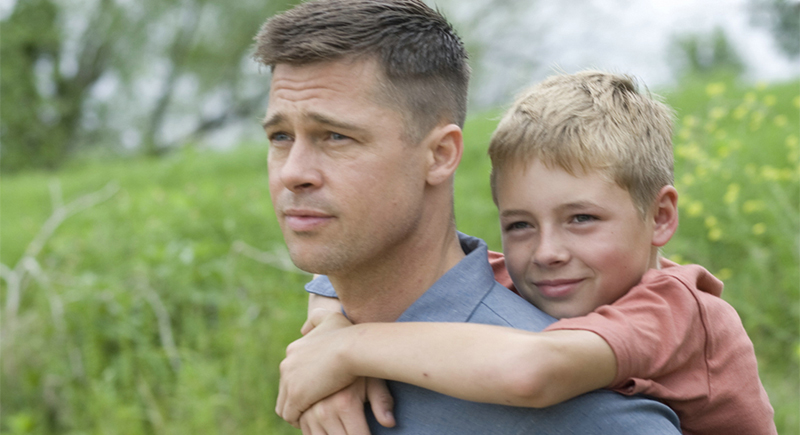
Credit: IMDb
Malick doesn’t offer a traditional narrative. Instead, he offers a collage of memory, grief, and spiritual inquiry, held together by vivid visuals and music. The story uses a mid-century Texas family to explore themes like sadness, nostalgia, and human existence. Scenes move without clear direction and focus on remembering instead of storytelling.
There Will Be Blood
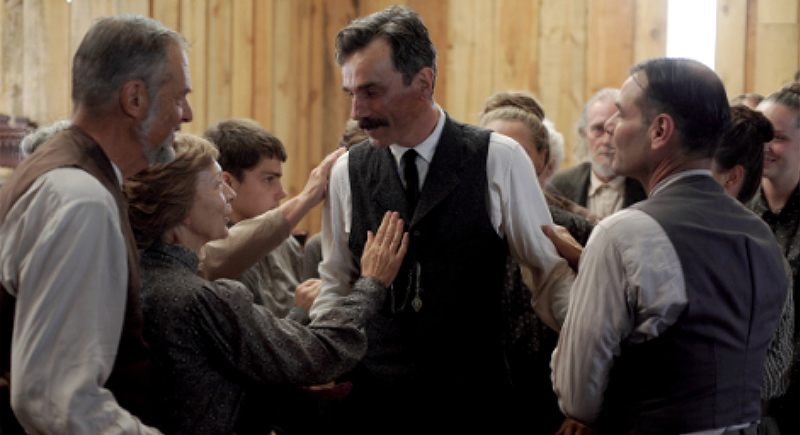
Credit: IMDb
Rather than leading with drama, the film lets its central character reveal his worst traits slowly. Daniel Plainview grows colder with every decision and betrayal. Paul Thomas Anderson fills the silence with Jonny Greenwood’s unnerving score and long, quiet shots of empty land.
Perfect Days
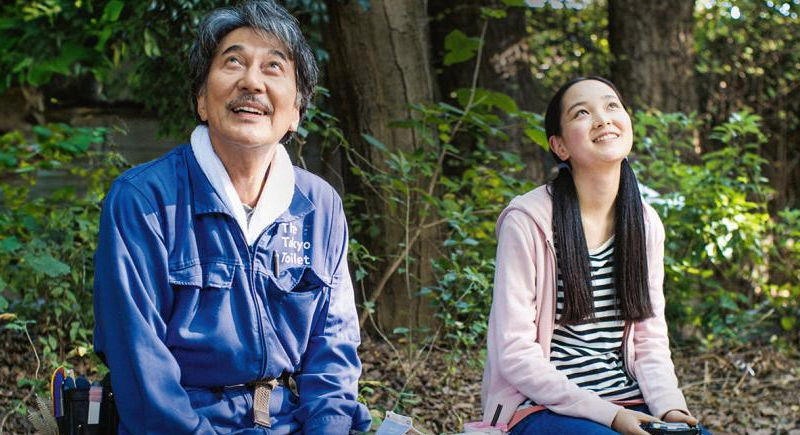
Credit: IMDb
Hirayama finds peace in small routines, and the camera follows that flow. The simplicity is deliberate. Events pass without comment—a visit, a dream, a memory—but none disrupt the movement of his days. The film avoids explanation, and we come to understand a man who lives with clarity and care.
The Power of the Dog
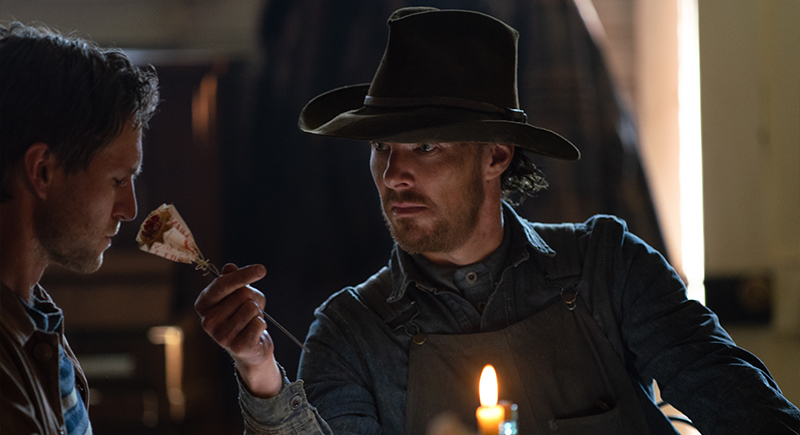
Credit: IMDb
Nothing is quite what it seems on this ranch. Campion gradually exposes the relationships until something darker emerges beneath them. Unease creeps in subtly with every shift in tone. Cumberbatch plays menace as habit, not performance.
Portrait of a Lady on Fire

Credit: IMDb
Sciamma builds this film around restraint. A painter and her subject slowly fall into intimacy, though their words rarely name it. Eyes linger, hands hesitate, and silence carries more meaning than anything spoken. The cinematography is stylized but emotionally focused. It draws you in by showing restraint while maintaining intimacy.
Lost in Translation
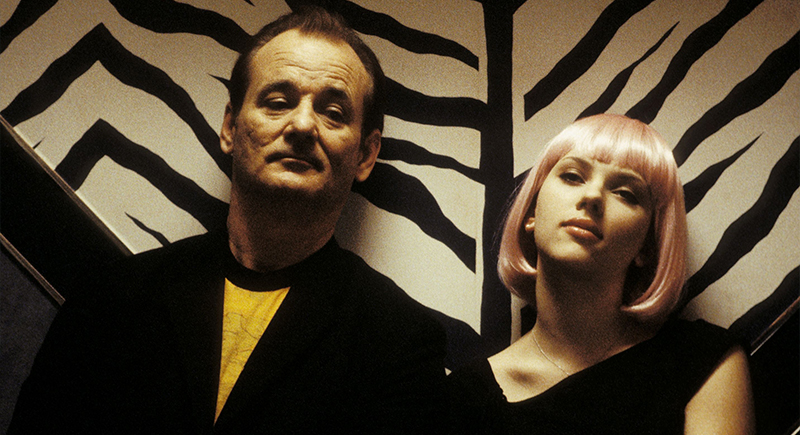
Credit: IMDb
Tokyo becomes part of the disorientation. Bill Murray and Scarlett Johansson are stuck in lives that no longer hold much meaning. Their connection forms in the in-between moments: hotel bars, elevator rides, muted conversations. Their relationship ends without closure, but something meaningful has passed between them.
Winter’s Bone
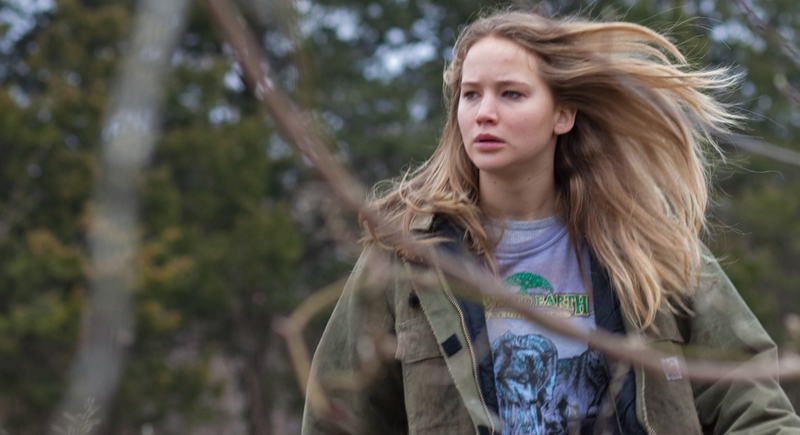
Credit: IMDb
Set in a rural community bound by silence and survival, the film moves through threats and refusals with careful control. The environment feels hostile despite the fact that there is no violence. People close doors instead of raising weapons.
Once Upon a Time in Hollywood
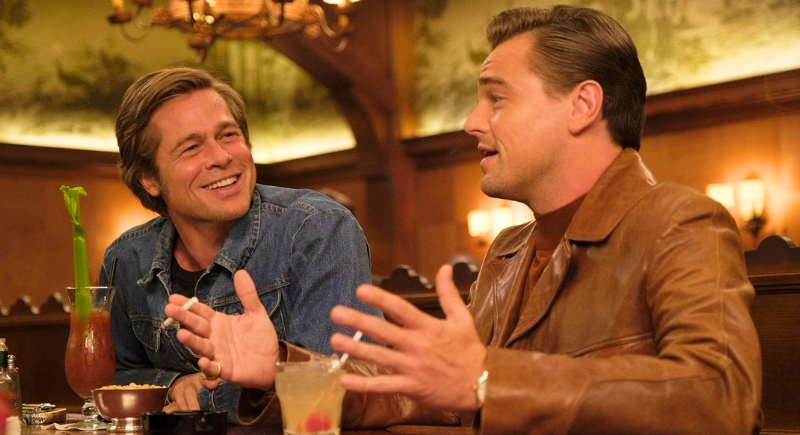
Credit: IMDb
A lot of time is spent just watching actors rehearse, drive, or watch TV. You know something’s coming, even if the characters don’t. There’s a tension under scenes that seem ordinary at first. When the finale hits, it is more like a rerouting of history.
The Pale Blue Eye
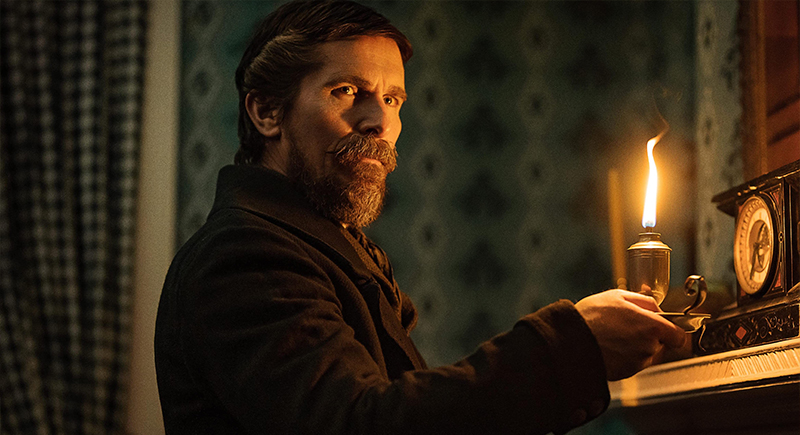
Credit: IMDb
At West Point, a retired detective investigates a murder alongside a young cadet named Poe. Most scenes unfold through dialogue, hesitation, and close observation. Conversations feel tense even when information is withheld. Revelations appear when they’re ready, not before.
Roma
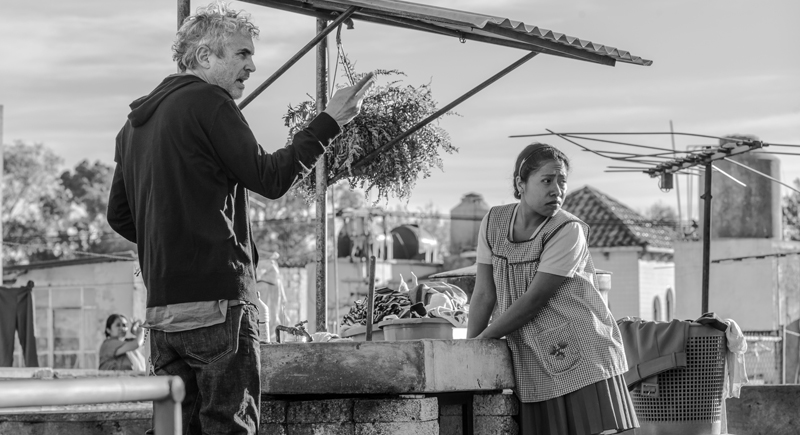
Credit: IMDb
A housekeeper moves through domestic routines while political unrest simmers in the background. Cuarón doesn’t dramatize those shifts. He lets them coexist with laundry, bedtime, and water buckets. Black-and-white cinematography gives everything a sense of distance, which only makes the story feel reflective and intimate.
Dazed and Confused
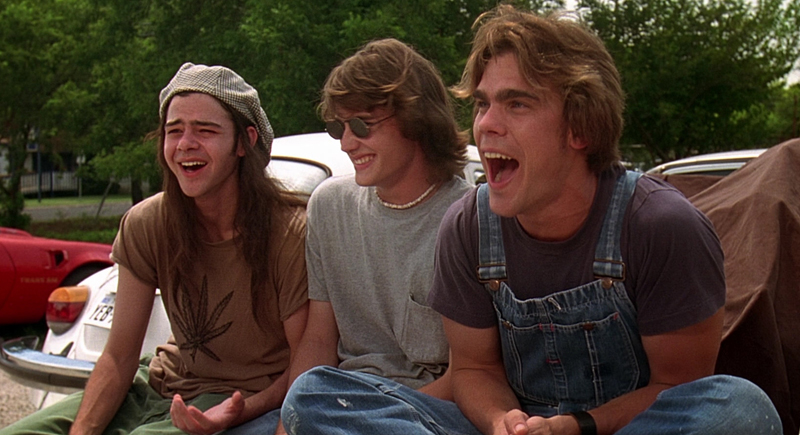
Credit: IMDb
This film is just teenagers cruising around after the last day of school. Linklater captures the feel of aimless youth with loose, natural scenes. That absence of build-up is precisely what gives it life.
Before Sunset
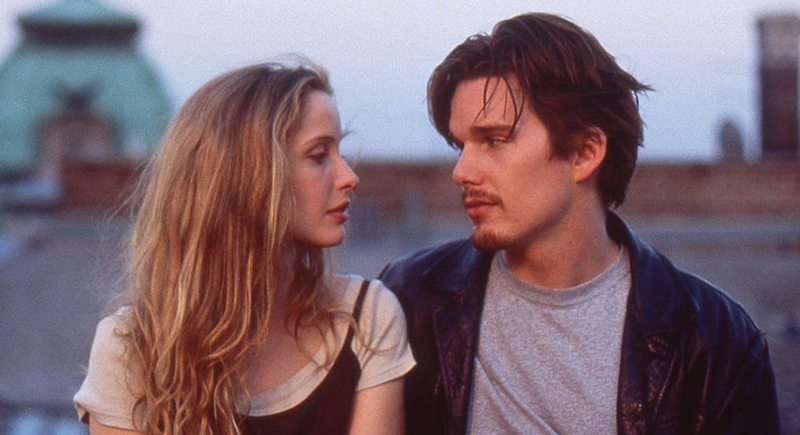
Credit: IMDb
Two people walk through Paris, talking about everything and nothing. Hawke and Delpy carry years of regret into every glance and pause. They are filmed in real time, with no edits to break the rhythm. The tension is entirely emotional—unspoken but undeniable.
The Brutalist
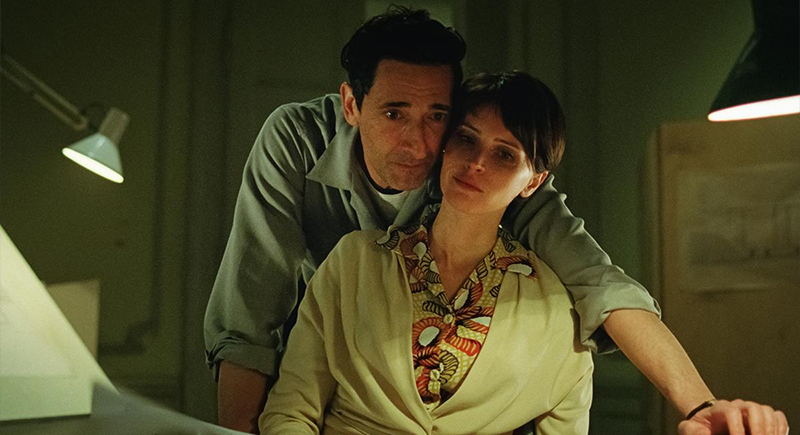
Credit: IMDb
The film’s use of architecture mirrors the main character’s emotional decline—rigid at first, then gradually breaking down. A key scene, delivered with minimal sound or action, provides the story’s emotional blow. Rather than spelling things out, Corbet lets the weight of that moment settle slowly and makes the impact clearer only after the film ends.
Munich – The Edge of War
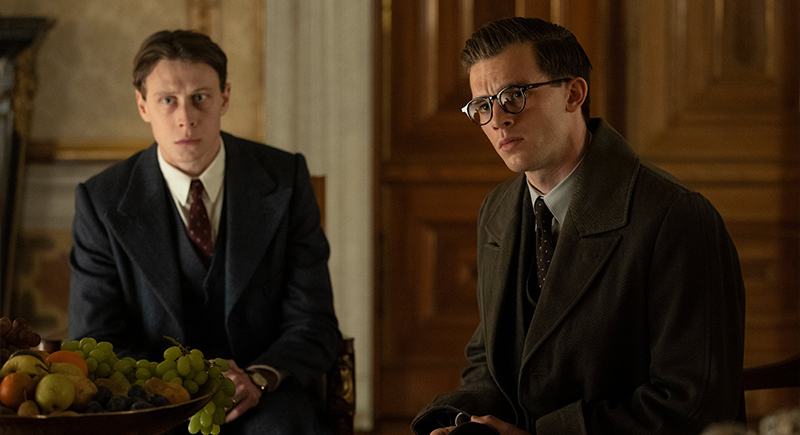
Credit: IMDb
Chamberlain negotiates with Hitler as Europe inches toward conflict. A pair of former classmates, now on different sides, quietly cross paths. The stakes feel immediate only because we know how it ends. Suspense comes from subtle shifts in loyalty and what isn’t being said.
Last Days of Disco
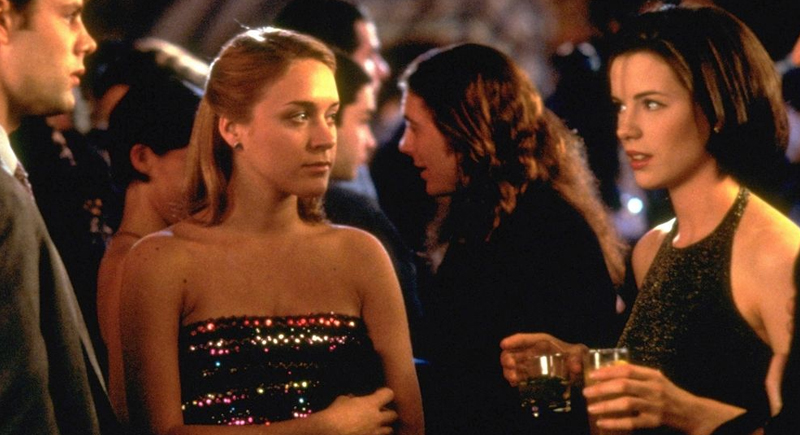
Credit: IMDb
Whit Stillman focuses on sharp, often contradictory dialogue where characters reveal their insecurities without realizing it. Social posturing, romantic missteps, and dry wit define the film’s rhythm. Rather than chasing drama, it leans into subtle unraveling, where casual remarks cut deeper than expected and personality flaws show through their own words.